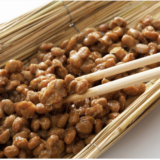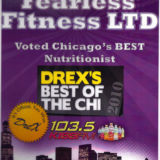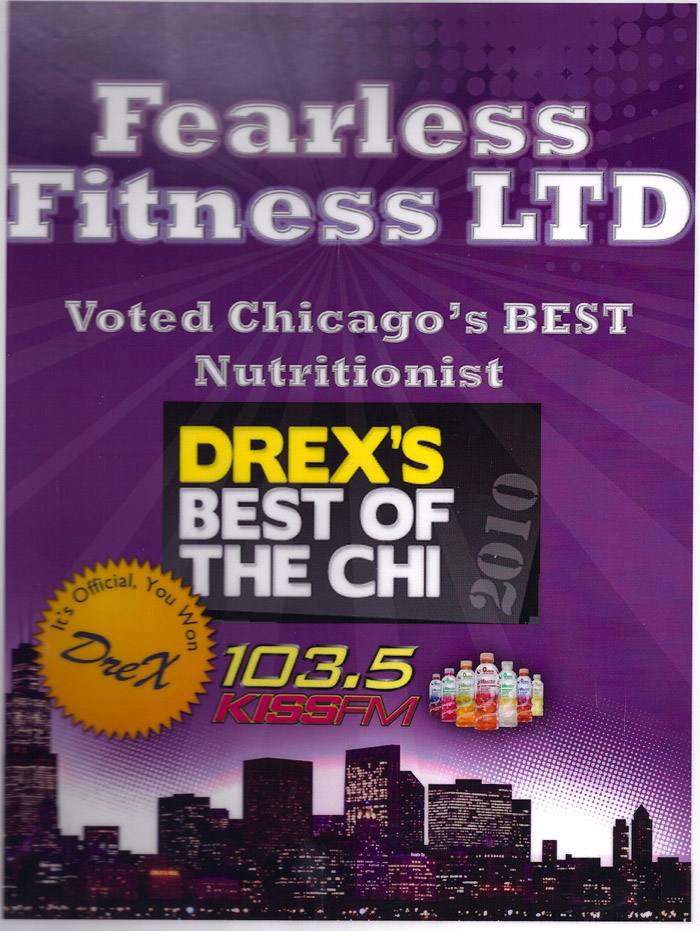
In the realm of personal training, the debate over exercising on an empty stomach has been a hot topic. As a personal trainer, understanding the nuances of this practice can help you guide your clients more effectively. This blog delves into the benefits, risks, and best practices of fasting workouts, providing you with valuable insights to enhance your personal training services.
Benefits of Exercising on an Empty Stomach:
- Increased Fat Burn- Exercising in a fasted state can enhance fat oxidation. When the body is low on glycogen, it turns to fat stores for energy, potentially aiding in weight loss.
- Improved Hormonal Response- Fasting before a workout can boost the release of growth hormone, which plays a key role in muscle growth and fat metabolism.
- Enhanced Endurance- Some studies suggest that training on an empty stomach can improve aerobic endurance by increasing mitochondrial efficiency and promoting the use of fat as a primary fuel source.
Risks of Exercising on an Empty Stomach:
- Reduced Performance- Without adequate glycogen stores, high-intensity workouts might suffer. Your clients may experience fatigue and decreased performance.
- Muscle Breakdown- In the absence of glycogen, the body might break down muscle protein for energy, which can be counterproductive for those looking to gain muscle mass.
- Low Blood Sugar- Fasting can lead to hypoglycemia, resulting in dizziness, nausea, and fainting, especially during prolonged or intense exercise sessions.
Best Practices for Fasted Workouts:
- Start Slowly- Encourage your clients to begin with light to moderate workouts. This allows the body to adapt to the lack of pre-exercise fuel.
- Hydrate Adequately- Emphasize the importance of staying hydrated. Water is essential, and for longer sessions, electrolyte supplements might be necessary. A good rule of thumb is 1 oz of water for every kilogram of body weight per day spread out evenly or as need. Drinking too much water can be dangerous. So, be careful. Check out “Water Toxemia”.
- Monitor Intensity- Keep an eye on workout intensity. Fasted training is better suited for low to moderate-intensity exercises rather than high-intensity interval training (HIIT).
- Post-Workout Nutrition- Stress the importance of consuming a balanced meal post-workout. This helps replenish glycogen stores and supports muscle recovery. I usually eat within 30 minutes after my workout when fasting. Do not wait longer than that.
Incorporating Fasted Training into Personal Training Programs:
As a personal trainer, it’s crucial to tailor your approach based on individual client goals and health conditions. Here are some strategies:
- Client Assessment- Assess your client’s health status, fitness level, and goals before recommending fasted workouts. Those with specific medical conditions should consult their healthcare provider.
- Personalized Plans- Create personalized workout plans that incorporate fasted training on days focused on fat burning or endurance, while reserving fed states for strength and high-intensity sessions.
- Education and Support- Educate your clients about the potential benefits and risks of fasted training. Provide ongoing support and adjustments based on their progress and feedback.
Conclusion:
Exercising on an empty stomach can be a beneficial tool in your personal training arsenal when used appropriately. By understanding the science behind it and implementing best practices, you can help your clients achieve their fitness goals safely and effectively. Remember, the key is personalized, informed, and balanced training plans.
For more tips on optimizing your personal training programs, stay tuned to our blog and subscribe to our newsletter.
Optimize Your body with Personal Training:
Looking to maximize your fat loss and achieve your fitness goals? Contact us today to schedule a consultation with John Turk, San Diego’s top personal trainer for aging professionals wanting to get their body back. Whatever your fitness goals are, we’ll create a customized plan that works for you.
Call 858-877-1370 or Visit us at www.PersonalTrainerSanDiego.com to Get Started!










































